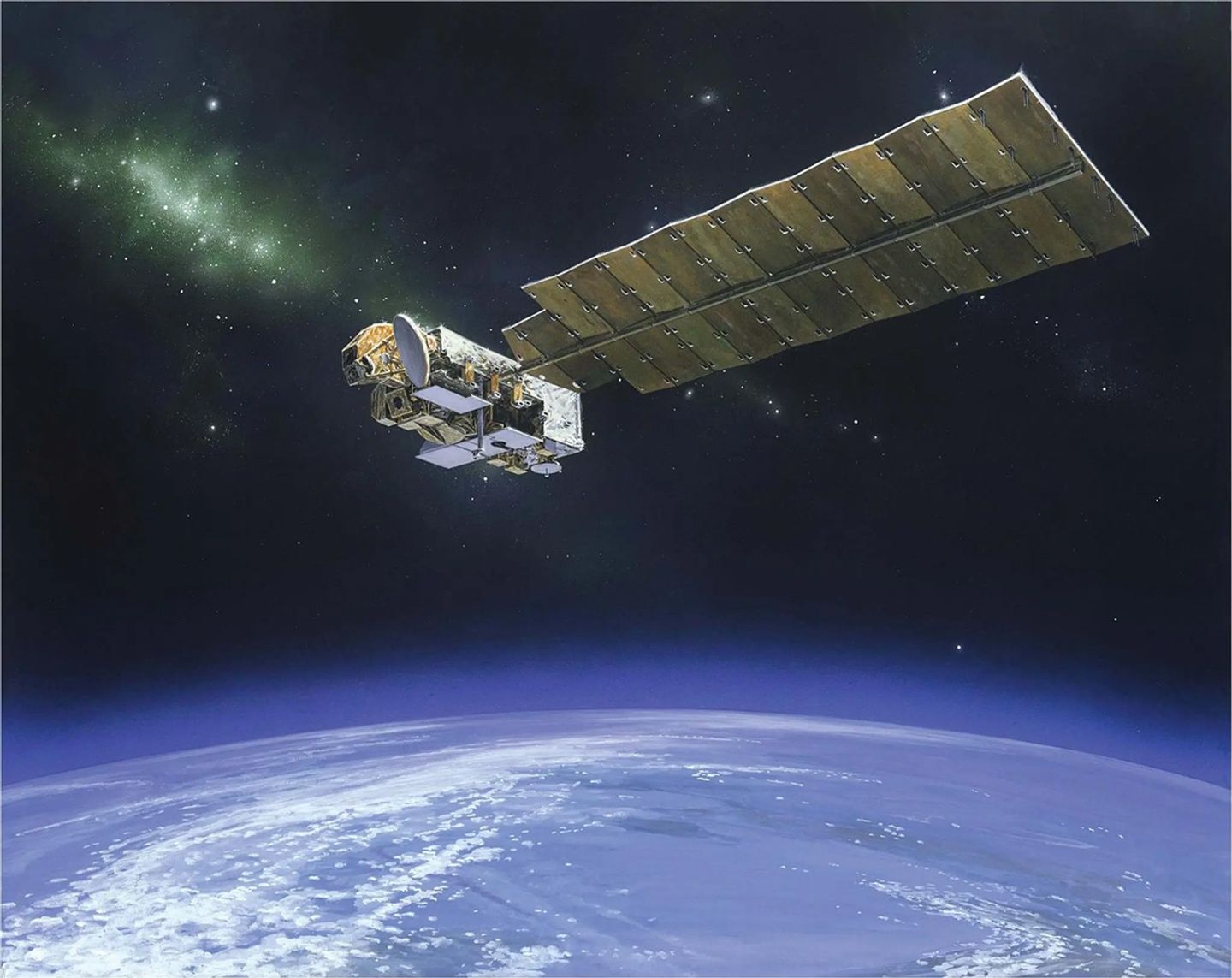New Algorithm Vastly Improves Measurements of Sulfur Dioxide Pollution from Space
Sulfur dioxide (SO2), emitted from both man-made and volcanic activities, significantly impact air quality and climate. Advanced sensors including the Ozone Monitoring Instrument (OMI) flying on NASA's Aura spacecraft have been employed to measure SO2 pollution. This however remains a challenging problem owing to relatively weak signals from most anthropogenic sources and various interferences such as ozone absorption and stray light.
We have developed a fundamentally different approach for retrieving SO2 from satellites. Unlike existing methods that attempt to model different interferences, we directly extract characteristic features from satellite radiance data to account for them, using a principal component analysis technique. This proves to be a computationally efficient way to use hundreds of wavelengths available from OMI, and greatly decreases modeling errors.
Our new approach has the following features:
- 50% noise reduction compared with the operational OMI algorithm.
- Reduction of unrealistic features in the operational product.
- Computation efficiency (10 times faster than comparable methods relying on online radiative transfer calculation).
- Applicability to many instruments such as GOME-2 and the Suomi National Polar Partnership (NPP) Ozone Mapping and Profiler Suite (OMPS).
This new algorithm will significantly improve the SO2 data quality from the OMI mission. Once applied to other sensors, it will enable the production of consistent long-term global SO2 records essential for climate and air quality studies.

Scientific significance:
The reduced noise and low biases in SO2 retrievals achieved in the new algorithm will allow SO2 pollution to be monitored at much greater temporal resolution and will enable the detection of smaller emission sources. This can be particularly important in light of the recent reduction in SO2 emissions in many regions around the world, including the U.S. The new algorithm can also minimize the differences between SO2 data records from different satellite sensors, making it possible to produce consistent long-term datasets necessary for climate research. Finally, the new algorithm offers a framework to efficiently utilize the rich spectral information from the state-of-the-art space-borne spectrometers, with minimal required additional computation. Unlike the existing methods that attempt to model different interferences such as ozone absorption and stray light, we directly extract characteristic features from satellite radiance data to account for them, using a principal component analysis technique. This reduces modeling errors and makes the algorithm much faster. It may also be employed to retrieve several other species such as formaldehyde (HCHO).
Relevance for future science and NASA missions:
The new algorithm has been proposed to reprocess data from the Aura OMI mission. It can be applied to NPP and future JPSS OMPS instruments to ensure SO2 data continuity from the EOS era. It can also help extend satellite SO2 data records if applied to other current and future NASA and European missions such as TEMPO, GEO-CAPE, TROPOMI and GOME-2. TEMPO is the first selected NASA EVI instrument and will be launched on a geostationary platform near the end of the decade.
Data Sources:
NASA/KNMI OMI L1B radiance data and L2 PBL SO2 and total O3 data (https://disc.gsfc.nasa.gov/).
References:
Li, C., J. Joiner, N. A. Krotkov, P. K. Bhartia (2013), A fast and sensitive new satellite SO2 retrieval algorithm based on principal component analysis: Application to the Ozone Monitoring Instrument, Geophysical Research Letters, 40, doi:10.1002/2013GL058134. (https://onlinelibrary.wiley.com/doi/10.1002/2013GL058134/abstract)
12.30.2013
OMI
Aura’s Ozone Monitoring Instrument (OMI) instrument can distinguish between aerosol types, such as smoke, dust, and sulfates, and measures cloud pressure and coverage, which provides data to derive tropospheric ozone.…
Learn More


























